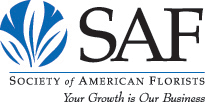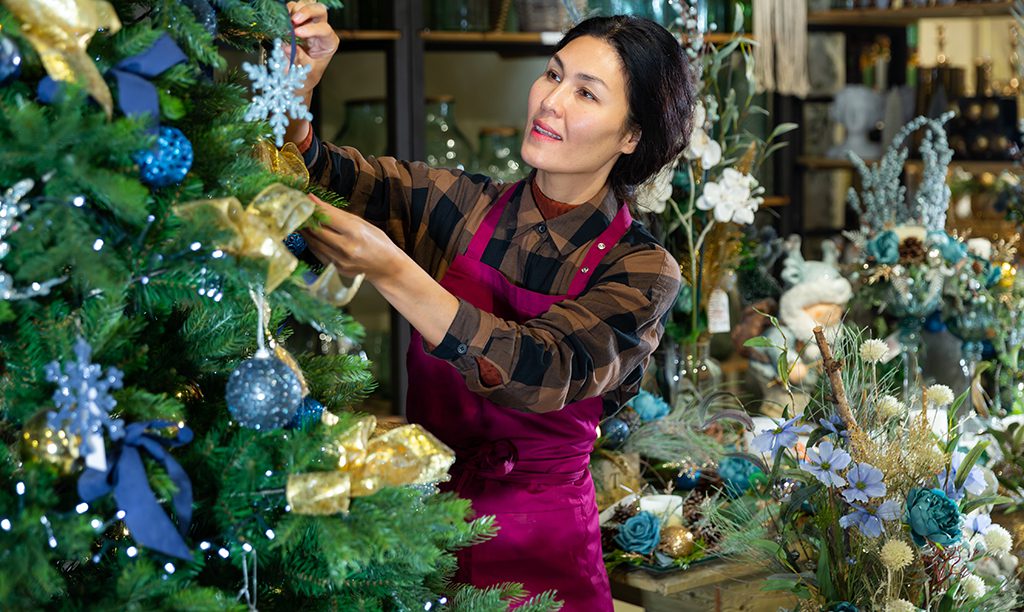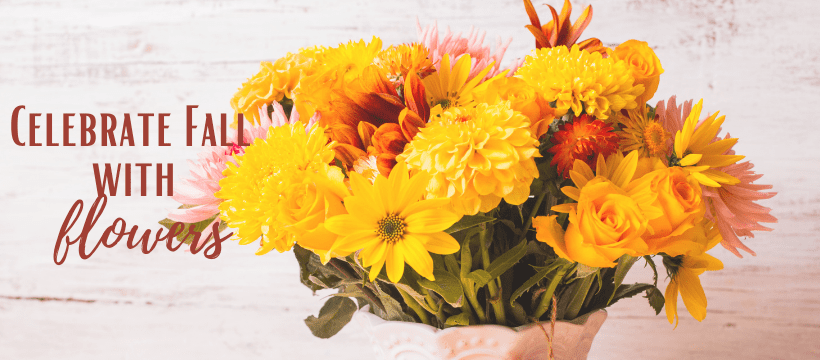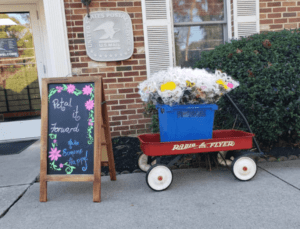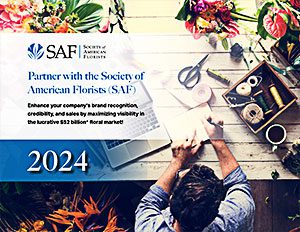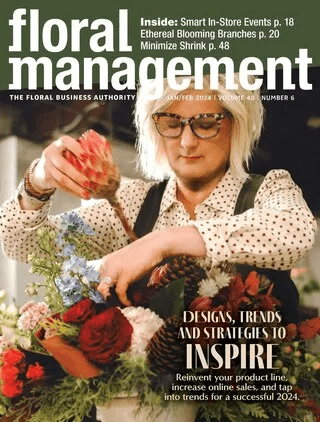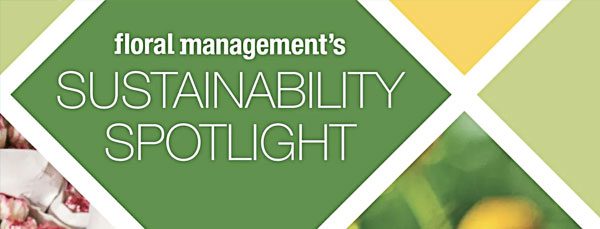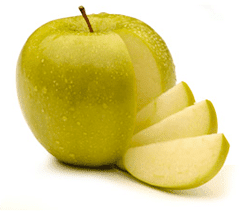 To get more people to consume more of a product, two new studies suggest a straightforward solution: Make things (really, really) easy.
To get more people to consume more of a product, two new studies suggest a straightforward solution: Make things (really, really) easy.
The studies, centered on apple consumption in public schools, found that fruit consumption jumped by more than 60 percent when apples were served sliced rather than whole, according to The Washington Post. But the lesson applies to far more than fruit, suggested said David Just, a professor of behavioral economics at Cornell.
“Even the simplest forms of inconvenience affect consumption,” Just, one of the studies’ authors, told the Post. “Sliced apples just make a lot more sense for kids.”
Pre-sliced apples have also become popular beyond school cafeterias, with packets appearing in fast food kids’ meals and in grocery store aisles. The convenience is a response to what had been “stagnant growth” in the industry, and it’s proven to be a successful strategy
“Americans ate just over 500 million fresh sliced apples in 2014, more than three times as many as they did 10 years before,” according to the Post. The jump in fresh sliced apple consumption also coincides with “an uptick in overall apple consumption, which has grown by 13 percent since 2010. In 2013, Americans ate just under 17.5 pounds per capita, the most in almost a decade.”
Like the floral industry, “the apple industry is a very mature industry,” said Mark Seetin, who is the director of regulatory and industry affairs for the U.S. Apple Association, a non-profit that represents thousands of growers around the country. “The only way to grow is through innovation, but innovation hasn’t been easy… This [pre-sliced apples] has offered a new pathway the industry is obviously really excited about it.”
The 2016 Generations of Flowers Study, commissioned by the Society of American Florists and the American Floral Endowment, also found that, across three generations of consumers, convenience is an important part of the flower-purchasing process, particularly for Generation X, the group “most likely to require convenience.”
Connect with customers who crave convenience by promoting those services (or instituting them in the first place).
Some messages to consider:
We Deliver! You might assume that all customers know this, but remember that “delivery and pick-up options are widely important” to customers, especially Gen X, said Marc Goulet, vice president of client development at Russell Research in East Rutherford, New Jersey, which conducted the Generations study. Remember, many customers who crave convenience are willing and able to pay for it. Three years ago in Austin, Texas, King Florist launched an expedited delivery service that allows customers to pay an additional fee for two- three- or four-hour delivery (the fee starts at $20 for a four-hour window (before noon); $30 for three hours and $40 for two hours). Today, 25 to 30 percent of deliveries are expedited. [[Link to King Florist cover story]]
Open 24/7! Your physical shop is closed overnight, but make sure your website is providing 24/7 accessibility for time-starved customers who may be shopping for that anniversary or thank you gift in the early morning hours. Chris Drummond, AAF, of Plaza Flowers in Philadelphia said the study also suggested the possible benefits of extended hours in your brick and mortar. “We already open during the morning rush hour, starting at 7 a.m., and have recently seen marked improvement in sales before 8:30 a.m.,” he said. “This study seems to point to an opportunity for retailers who are also accessible after 6 p.m.”
We’ll Take Care of You! When you talk to your Gen X base, play up the ways you save them time: delivery, gift reminders, cash-and-carry bouquets, knowledge of the local area, including rules and regulations at local hospitals and funeral homes.
